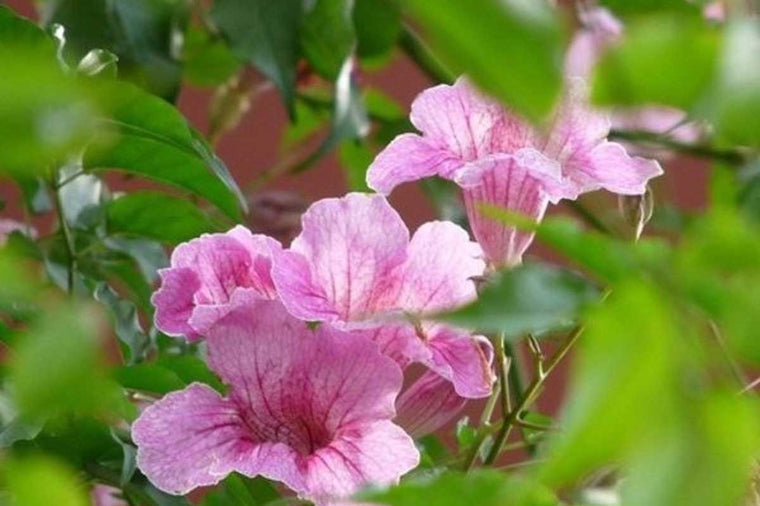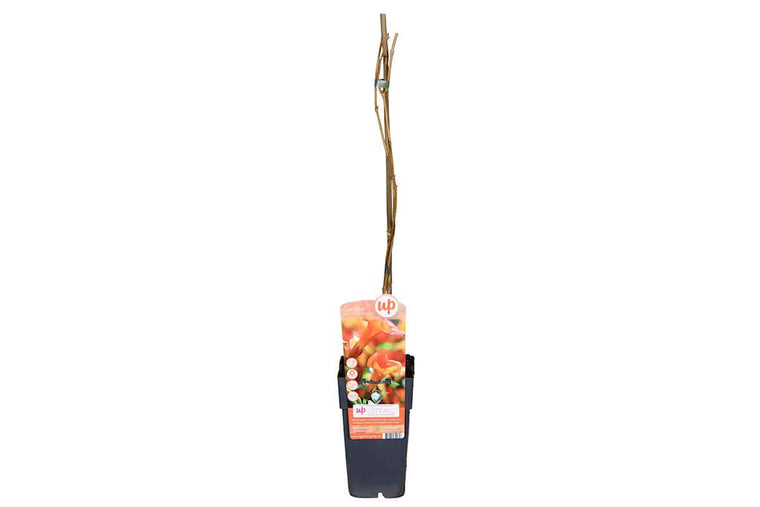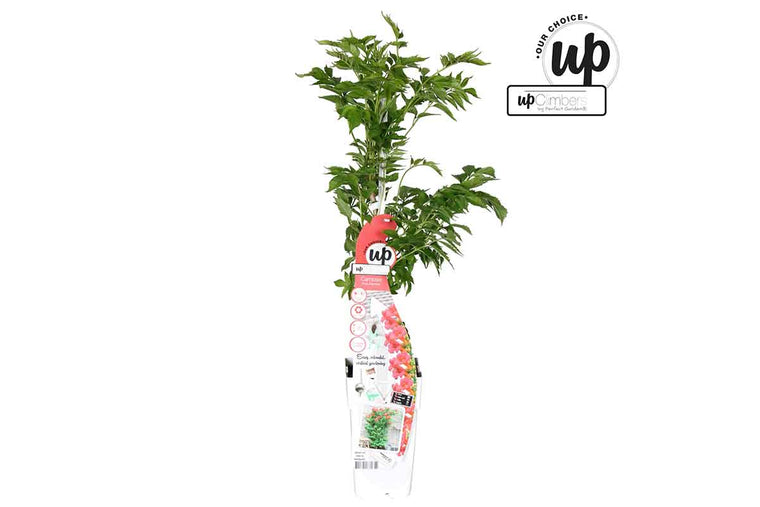Campsis (Bignonia) 'flava' 15cm
Campsis radicans f. flava (Yellow Trumpet Vine) - Βιγνόνια
Φυλλοβόλο
Διάμετρος γλάστρας:15εκ, Ύψος:65εκ.
Ξεχωρίζει για το σπάνιο κίτρινο χρώμα των ανθέων της και την πλούσια, παρατεταμένη ανθοφορία της όλο το Καλοκαίρι.
Γρήγορης ανάπτυξης, καλύπτει φράκτες, πέργολες και ό,τι άλλο στο οποίο μπορεί να αναρριχηθεί. Πολύ ανθεκτική ποικιλία για παραθαλάσσιες περιοχές.
Ανθεκτική έως -10C, προτιμά θέσεις με ήλιο για καλύτερη ανθοφορία.
English
A vigorous North American native, award-winning Campsis radicans f. flava (Yellow Trumpet Vine) is a self-clinging woody climber with particularly showy, golden-yellow, trumpet-shaped flowers, 8 cm.
Appearing throughout the summer, these magnificent tubular flowers are borne in clusters at the ends of the branches and provide a long-lasting and spectacular floral display. Hummingbirds love them and never fail visiting them.
The blooms are followed by attractive bean-like seedpods. The foliage of pinnate, shiny, dark green leaves above and glabrous dull green below, is deciduous.
Often cultivated for its attractive, glowing flowers, this vine is widely grown in Mediterranean gardens. Make sure you keep it under tight control as it has an aggressive colonizing tendency.
- Winner of the prestigious Award of Garden Merit of the Royal Horticultural Society for its noteworthy qualities.
- Blooming from early to late summer, this extremely floriferous Trumpet Vine is heat, cold and drought tolerant.
- Thrives in lean to average, moist, well-drained soils, in full sun or part shade. Tolerates however a wide variety of soils. Best flower production is obtained in full sun.
- Hardy and easy to grow, this Trumpet Vine is incredibly free-flowering and can quickly grow up to 6-12 m. It suckers profusely from underground runners and freely self-seeds.
- No serious insect or disease problems.
- Excellent choice for trellises, walls, fences or arbors.
- This vine blooms on new growth and should be pruned in late winter or early spring. Cut back branches to within three to four buds. This will encourage a more compact growth and promote the formation of flower buds in the shortened shoots. Overcrowded, diseased or damaged shoots can be removed at the same time.












